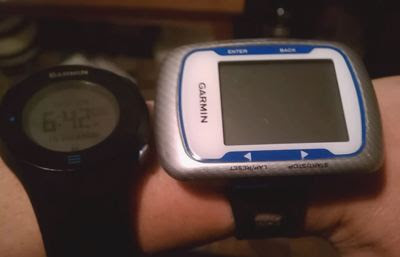blog posts per year: a numerical model
Many commercial blogs post year-end summaries as a way to boost hits. This blog is non-commercial so I can't be bothered with year-end summaries. But it is a good opportunity to see how my year-end flurry of posts affected my posting statistics. First, an update of my posts per month. Here's the plot. I had a weak period for much of the year but had a nice come-back in October through year-end: Next, I plot the total posts per year: After I started posting in 2008, early enthusiasm caused a peak in 2010 followed by a two-year decline. This pattern is fairly common, I find. I did a numerical fit using the following formula: posts/year = 190.1 (year - 2007.89) exp[(2008 − year) / 2.078] This seems to do a good job of capturing the trend. To stay on the trend line I need around 88 posts for 2013.
